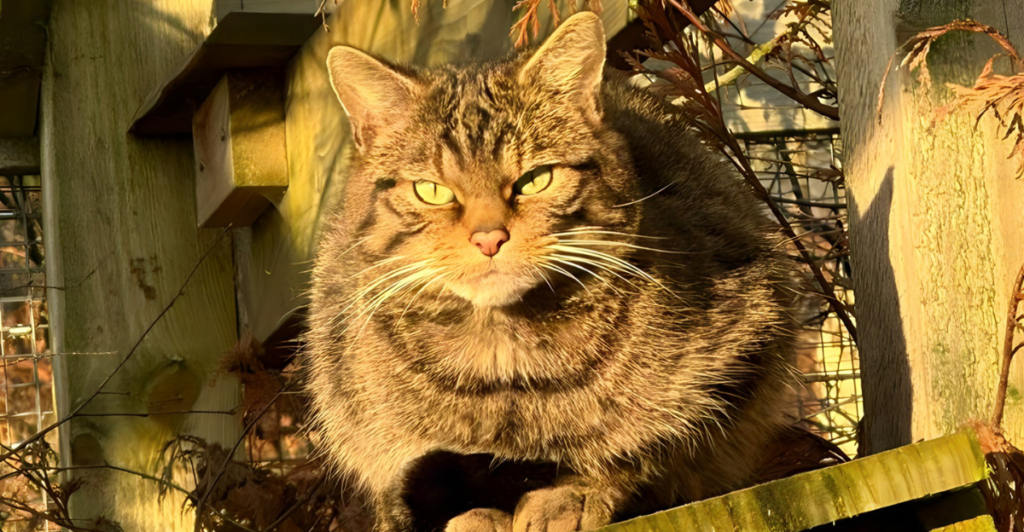
Releasing pets or non-native animals into the wild may seem kind or harmless, but it often has devastating consequences. Whether they grow too large, outcompete native species, or disrupt entire ecosystems, these animals can cause significant environmental harm. Below are 13 animals that should never be released back into the wild, with explanations of the dangers they pose.
1. Goldfish
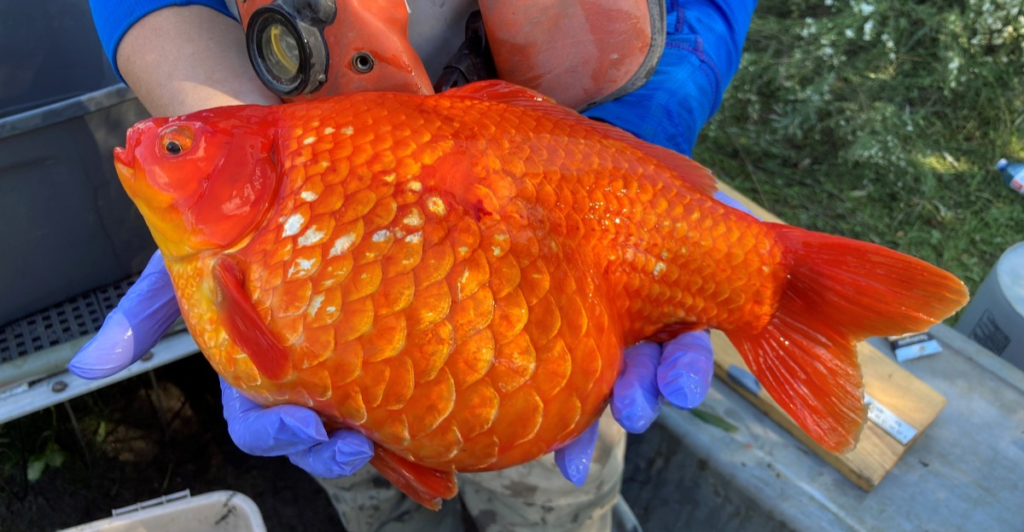
Many people feel guilty about keeping goldfish in tanks and release them into ponds or lakes. However, this decision can wreak havoc on ecosystems. Goldfish grow far larger in the wild than they do in tanks, feeding relentlessly on aquatic plants and competing with native species for resources. This rapid growth and competition can drastically alter local aquatic environments.
2. Domestic Cats
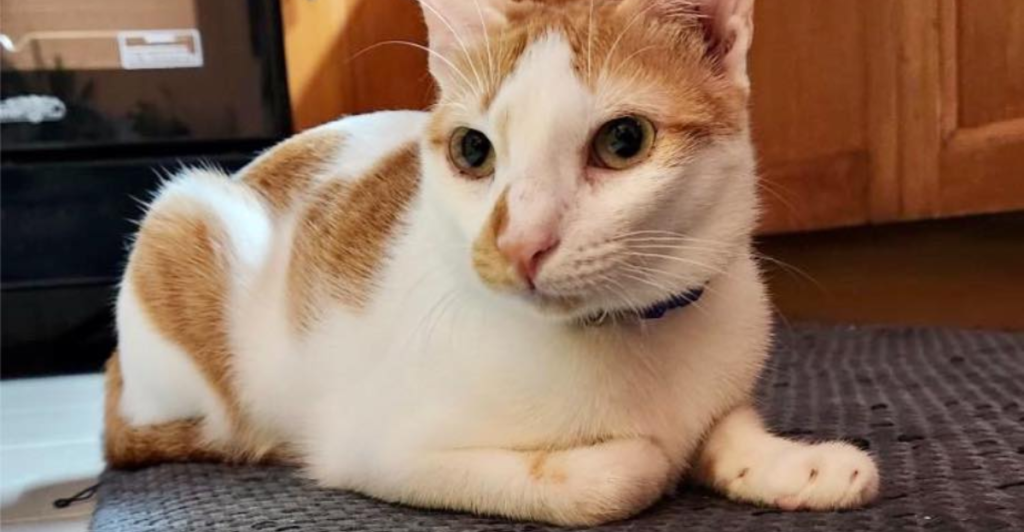
While domestic cats may adapt to living as strays, their impact on local wildlife is profound. Cats are expert hunters, preying on native birds and small mammals, particularly in ecosystems unaccustomed to feline predators. Instead of releasing them, stray or unwanted cats should be taken to adoption centers where they can find proper homes.
3. Burmese Pythons
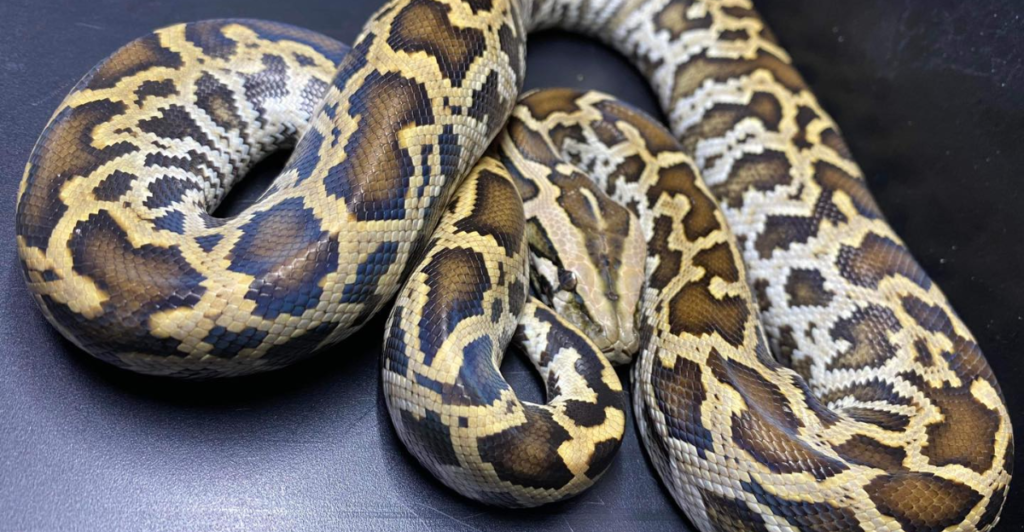
Burmese pythons are exotic pets that have become a major issue, especially in places like the Florida Everglades. With no natural predators in these environments, released pythons multiply rapidly and drastically reduce native mammal populations. Releasing these snakes can cause long-term damage to fragile ecosystems.
4. Parakeets
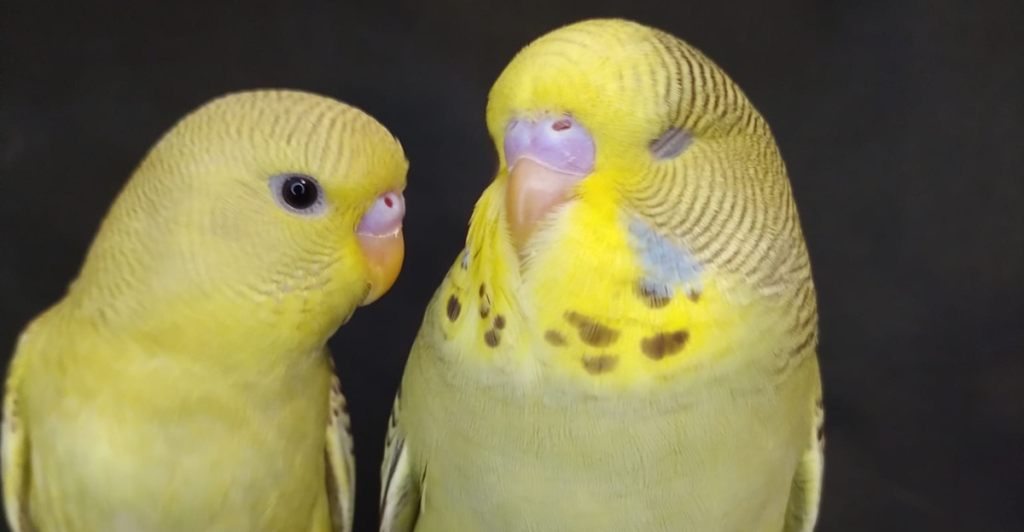
Parakeets, though beautiful and brightly colored, lack the instincts to survive in the wild. In warmer climates, species like monk parakeets become invasive, forming large colonies that compete with native birds for food and nesting sites. This disrupts local bird populations and biodiversity.
5. Red-Eared Sliders
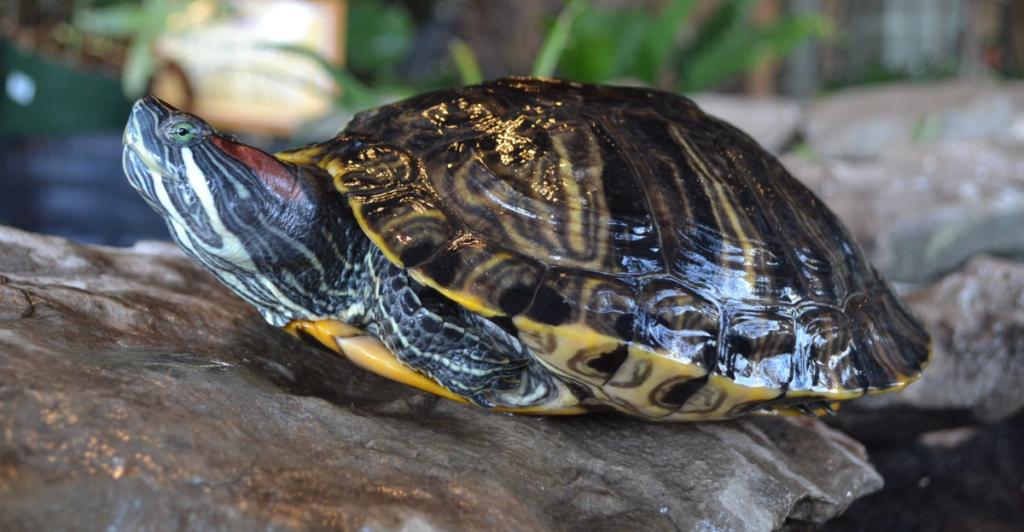
Red-eared sliders are often sold as small turtles, but they grow quickly and become dominant in their habitats. When released, they outcompete native turtle species, consuming food sources and altering aquatic ecosystems. Their presence has caused declines in native turtle populations worldwide.
6. Domesticated Dogs

Dogs raised in homes rely heavily on humans for food and care. Releasing domesticated dogs into the wild is unfair, as most cannot fend for themselves. Even feral dogs form packs that can harm livestock and wildlife. If you cannot care for a dog, contact a local shelter for help.
7. European Starlings
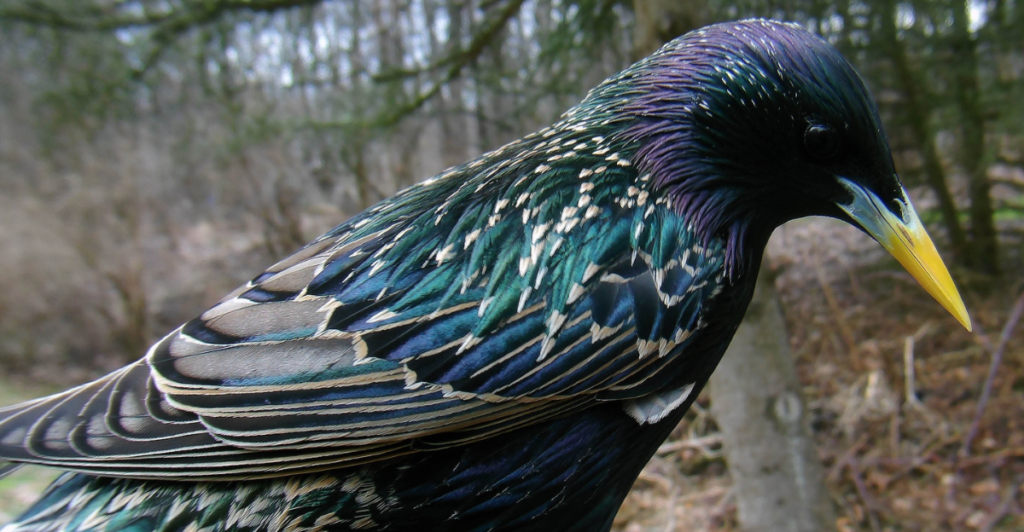
European starlings were introduced intentionally in North America but quickly became invasive. They outcompete native birds for food and nesting sites thanks to their aggressive behavior and adaptability. Releasing more starlings into the wild worsens the problem and threatens native bird populations.
8. Rabbits
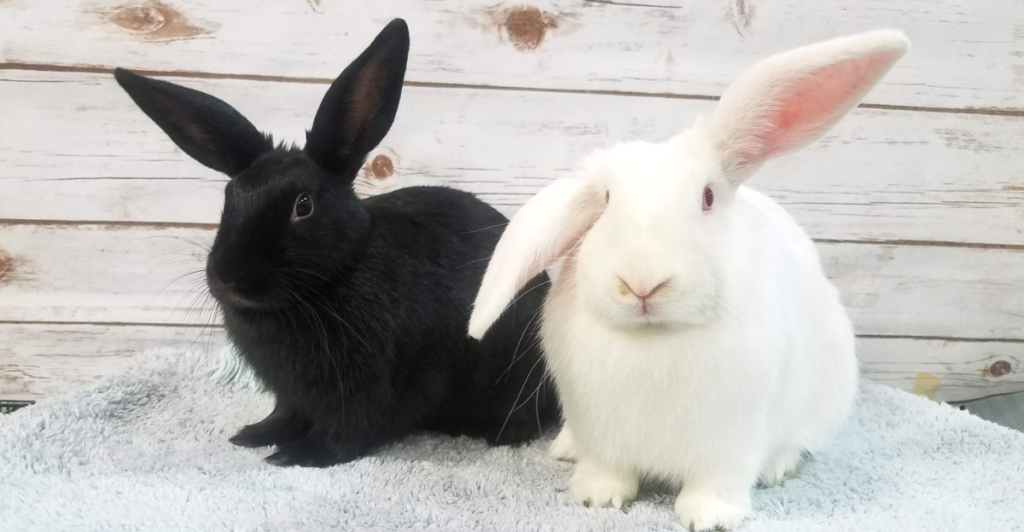
Domestic rabbits are very different from their wild counterparts and struggle to survive without human care. In certain areas, feral rabbit populations have adapted, but they pose serious threats to local vegetation. Instead of releasing them, it’s best to contact animal rescue services.
9. Lionfish
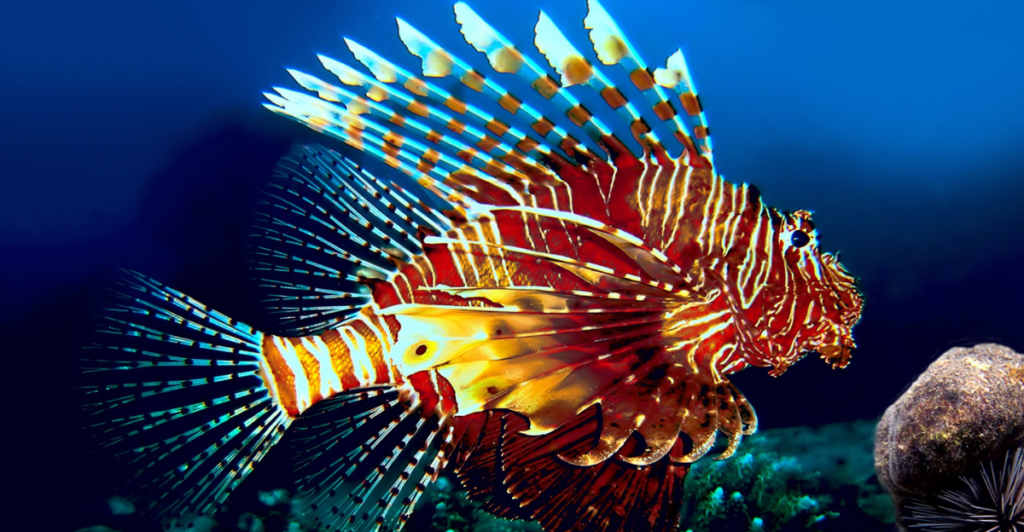
Native to the Indo-Pacific, lionfish have become invasive in Atlantic waters due to aquarium releases. With no natural predators, lionfish reproduce rapidly and consume local marine life, causing severe damage to reef ecosystems. Their venomous spines make them even harder to control.
10. Koi Fish
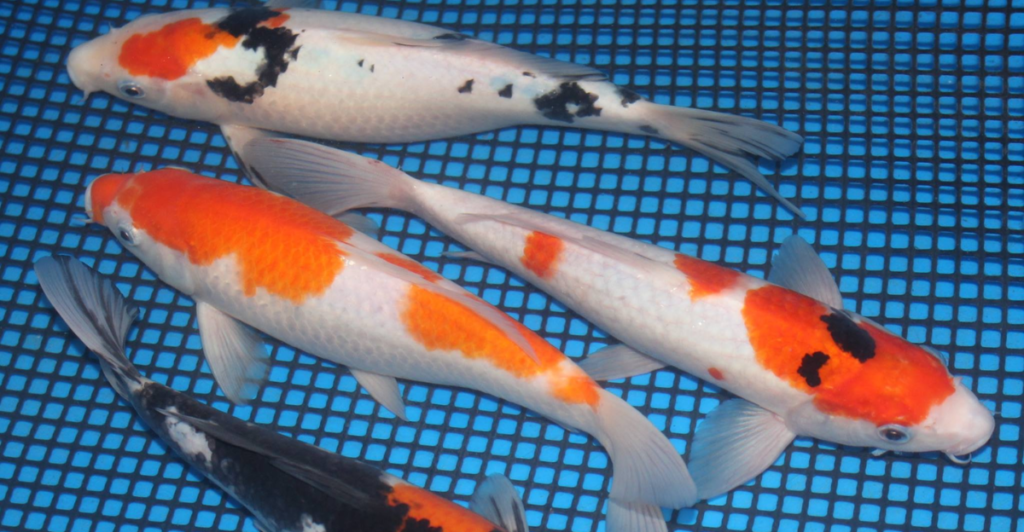
Koi fish may be beautiful, but they become problematic when released into non-native habitats. They compete aggressively for resources, and their digging habits stir up sediment, reducing water quality and harming other aquatic life. Releasing koi into the wild can severely disrupt local ecosystems.
11. Iguanas
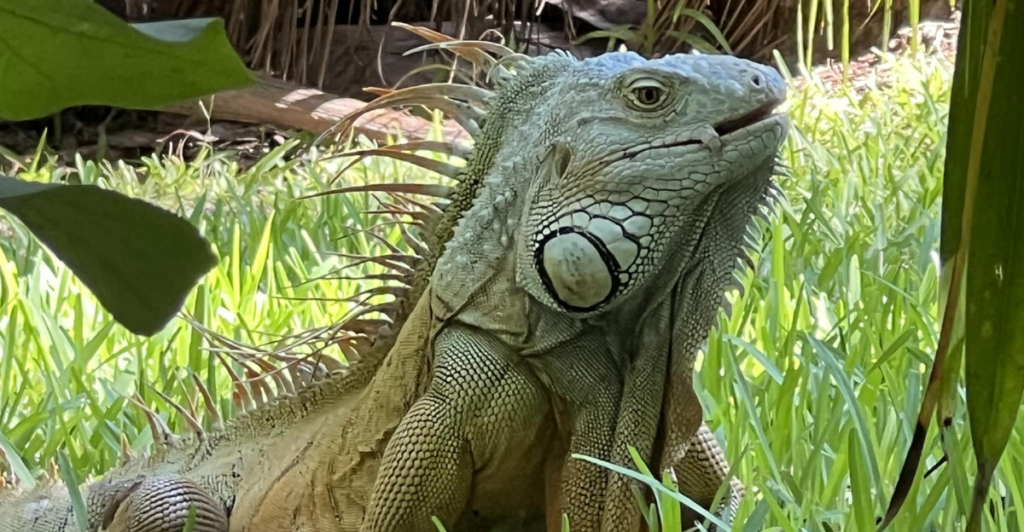
Iguanas are often kept as pets, but when released into warmer climates, they become invasive. They feed on native plants, damage gardens, and even impact infrastructure. Their rapid reproduction makes them difficult to control, making adoption a better alternative to release.
12. Hedgehogs
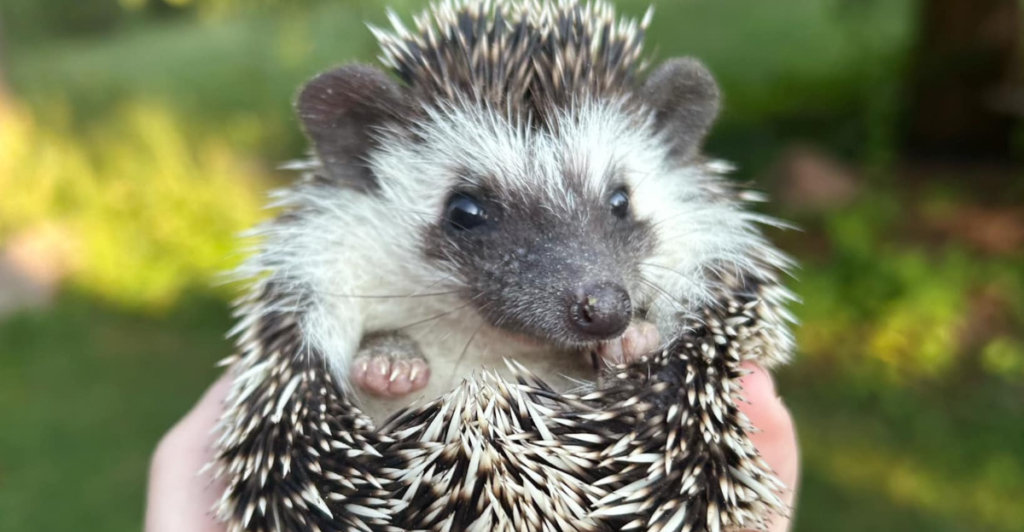
Though small and seemingly harmless, hedgehogs can be destructive when introduced to non-native environments. They prey on ground-nesting birds and insects, leading to declines in native species. If you’re unsure about caring for a hedgehog, seek professional guidance rather than releasing it.
13. Domesticated Pigs
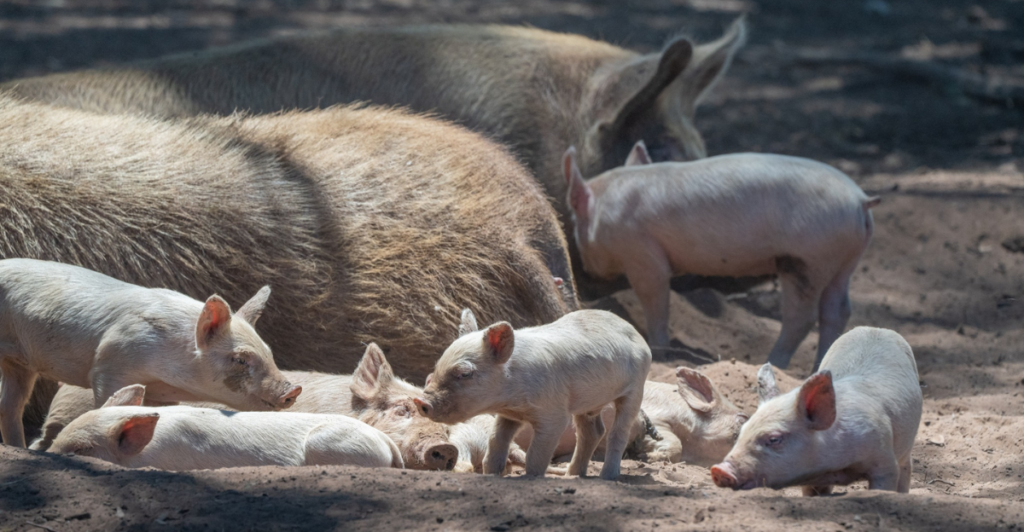
Once released, domesticated pigs can quickly revert to feral behaviors. They root for food, damage crops, and disrupt local ecosystems. Their adaptability makes them a major threat to wildlife and agriculture, so it’s crucial to rehome pigs instead of letting them go free.
Releasing pets or non-native animals into the wild often causes far more harm than good. Whether it’s fish, birds, or mammals, these animals can disrupt ecosystems, compete with native species, and even struggle to survive. Instead of setting them free, contact local shelters, adoption centers, or animal professionals for responsible solutions.
Follow Us
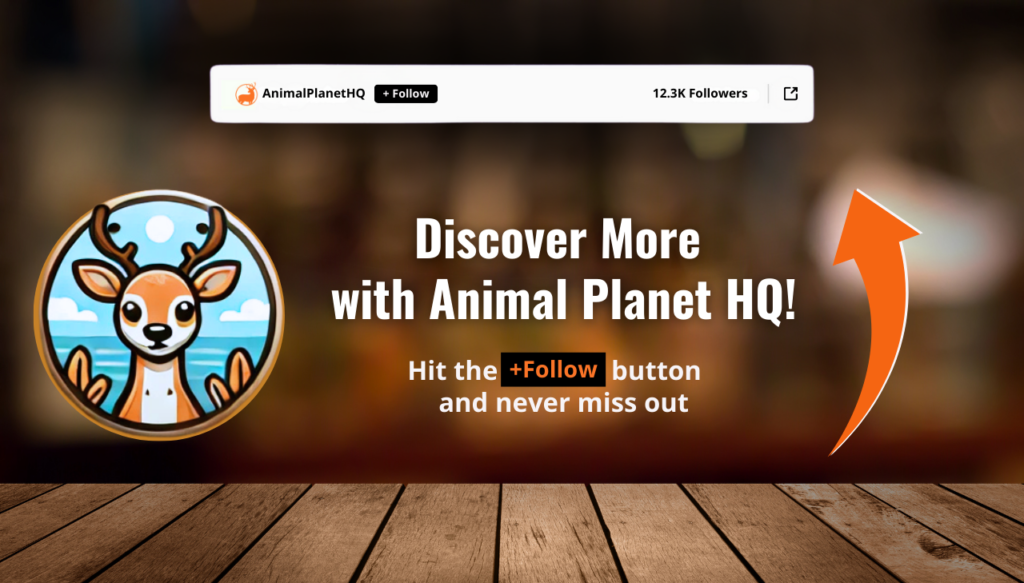
You May Also Like:
Deepest Hole On Earth Permanently Sealed After 2 Billion Year Old Discovery
13 Most Dangerous Animals in America
Officials Get Involved After Bald Eagle Nest Gets Removed in Alabama – What This Means for Wildlife?
10 African Dogs Bred To Dominate The Wild







